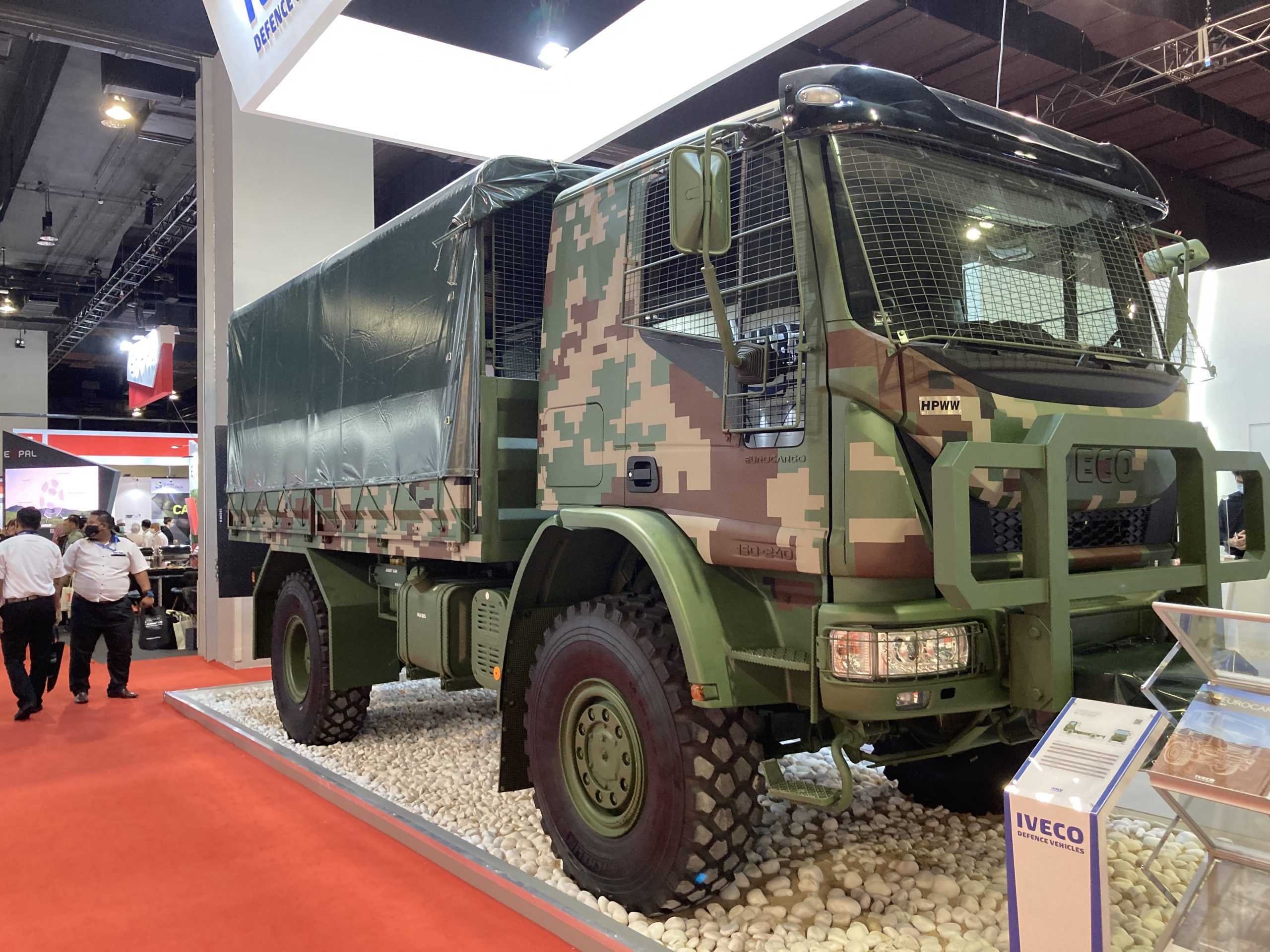
SHAH ALAM: Three weeks ago, the Madani government announced that it had struck a deal with China to lease 62 new train sets for KTM Bhd. The estimated cost for the deal is RM10.7 billion and it will be covered in installments over a 30-year lease period.
How does this relate to the military, then? Not much really, but I was told recently that there are proposals for the leasing of one hundred three-tonne GS Cargo trucks and un-known number of VSHORAD systems for the Army. And just maybe, the approved leasing deal for KTMB may tip the scale in favour of the truck and VSHORAD proposals. There is also the massive leasing deals for helicopters for all the services to think about.
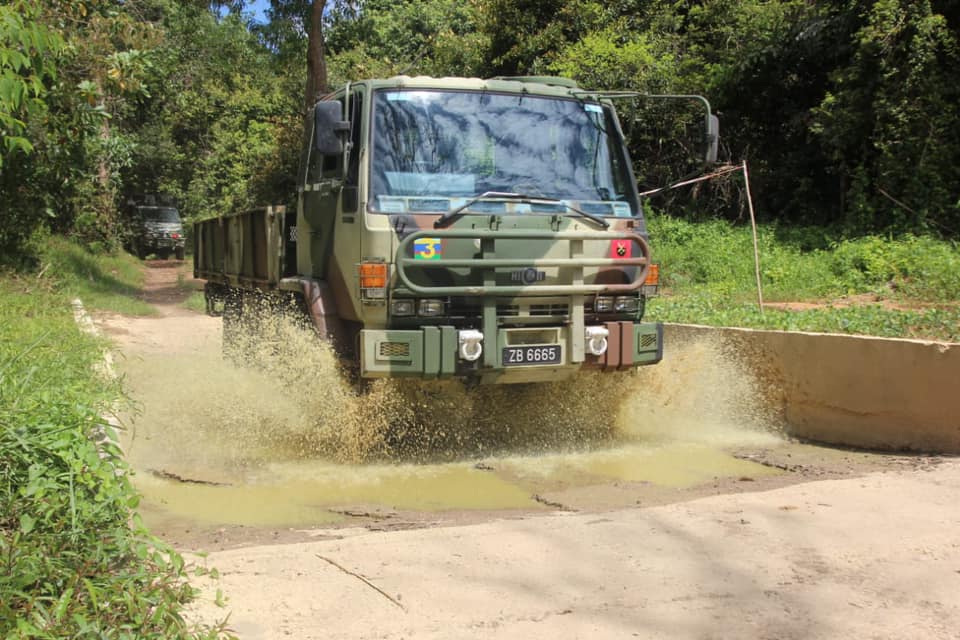
Anyhow, the cost for leasing the three-tonners – the lease is for eight years – will be around RM150 million, I was told. This means – if the leasing project is approved – it will cost more – than what we paid for 150 three tonne trucks from Deftech in 2022.
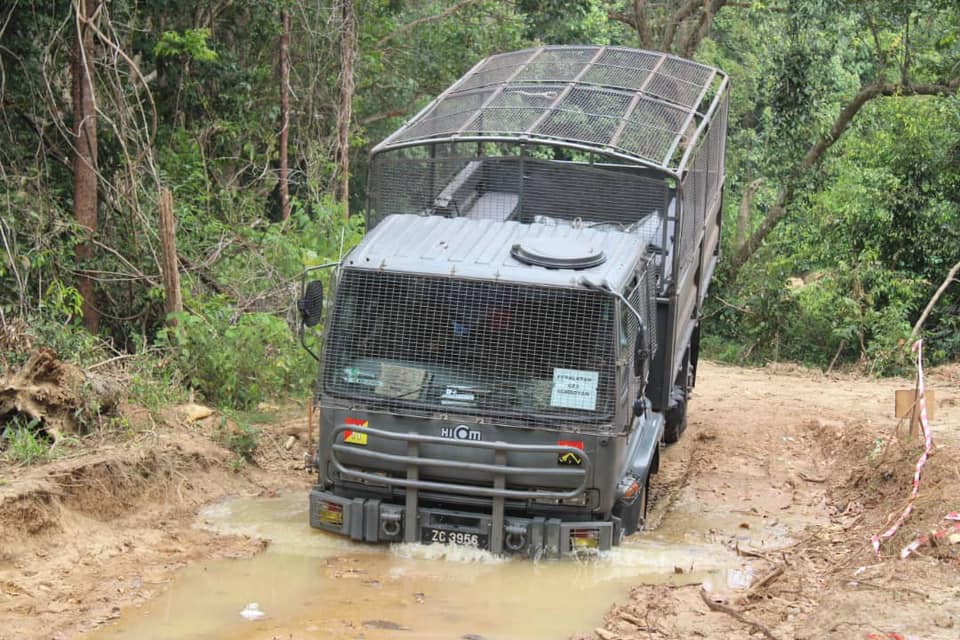
One of the Letter of Acceptance (LOA) announced yesterday was for DRB-Hicom Defence Techonologies Sdn Bhd (Deftech) for the supply and delivery of 150 Malaysian Army three-tonne General Services (GS) trucks with the contract price of RM59.7 million.
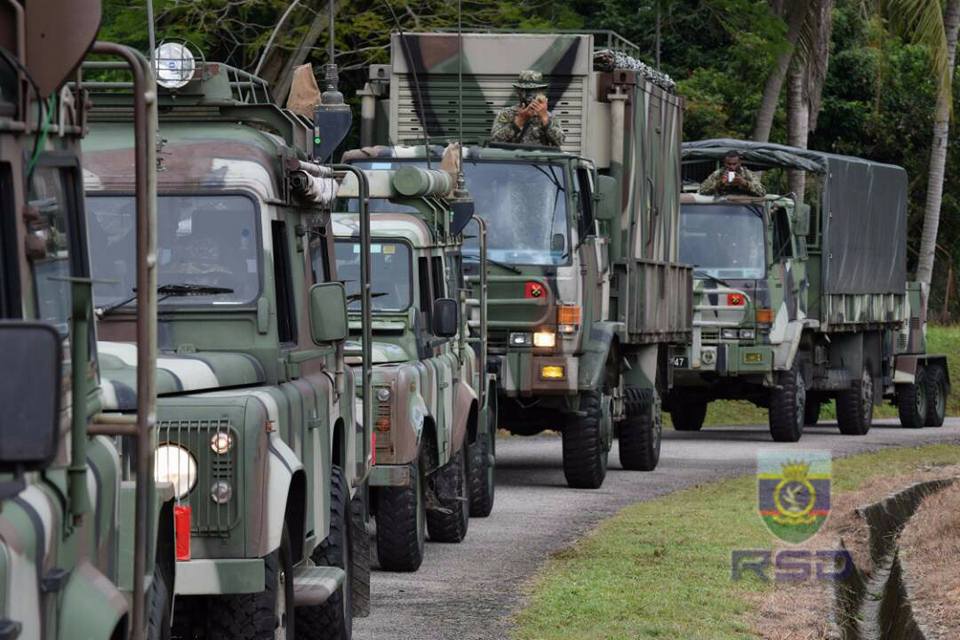
The proponents will say that the Army will not have to spend extra money to pay for the maintenance and support for the trucks, though. That said we have no idea of the maintenance and support costs for 100 three tonners for eight years though. The closest thing on the maintenance cost for Army vehicles was the one for the Adnan ACV (RM122 million for 20 years), which to me is cheap compared to the procurement cost (RM1.3 billion for 267 vehicles). Is this comparable (in percentage terms) to the cost of maintaining one hundred three tonne trucks? It may well be.
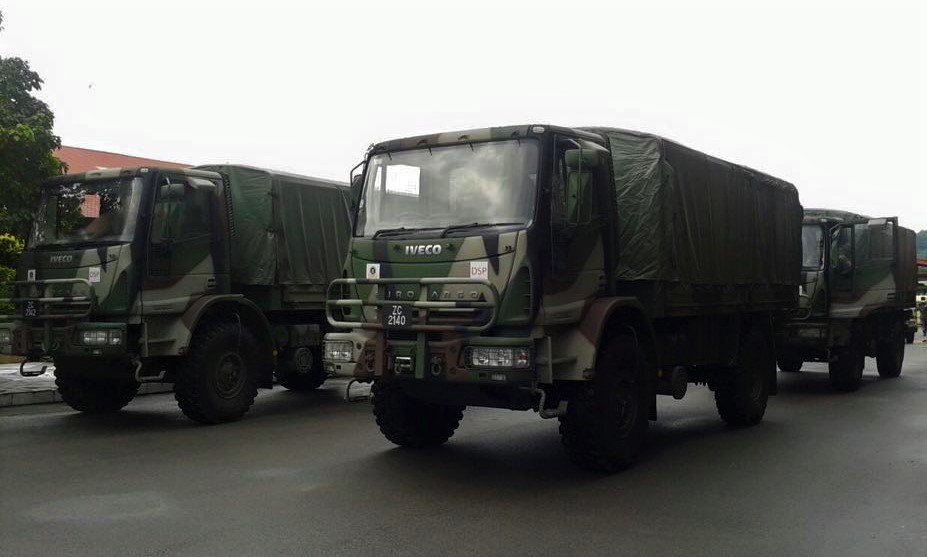
That said it must be noted that the government had reserved the funds for up to 733 support vehicles in the 2024 budget. The recent support vehicles contracts up for procurement – according to my calculations and I could miss out some items – are for some 487 units only. This means there are around 246 vehicles left to be procured and enough money for around one hundred three-tonne trucks. I am not sure though whether three tonners or similar trucks are included in the 2024 budget.
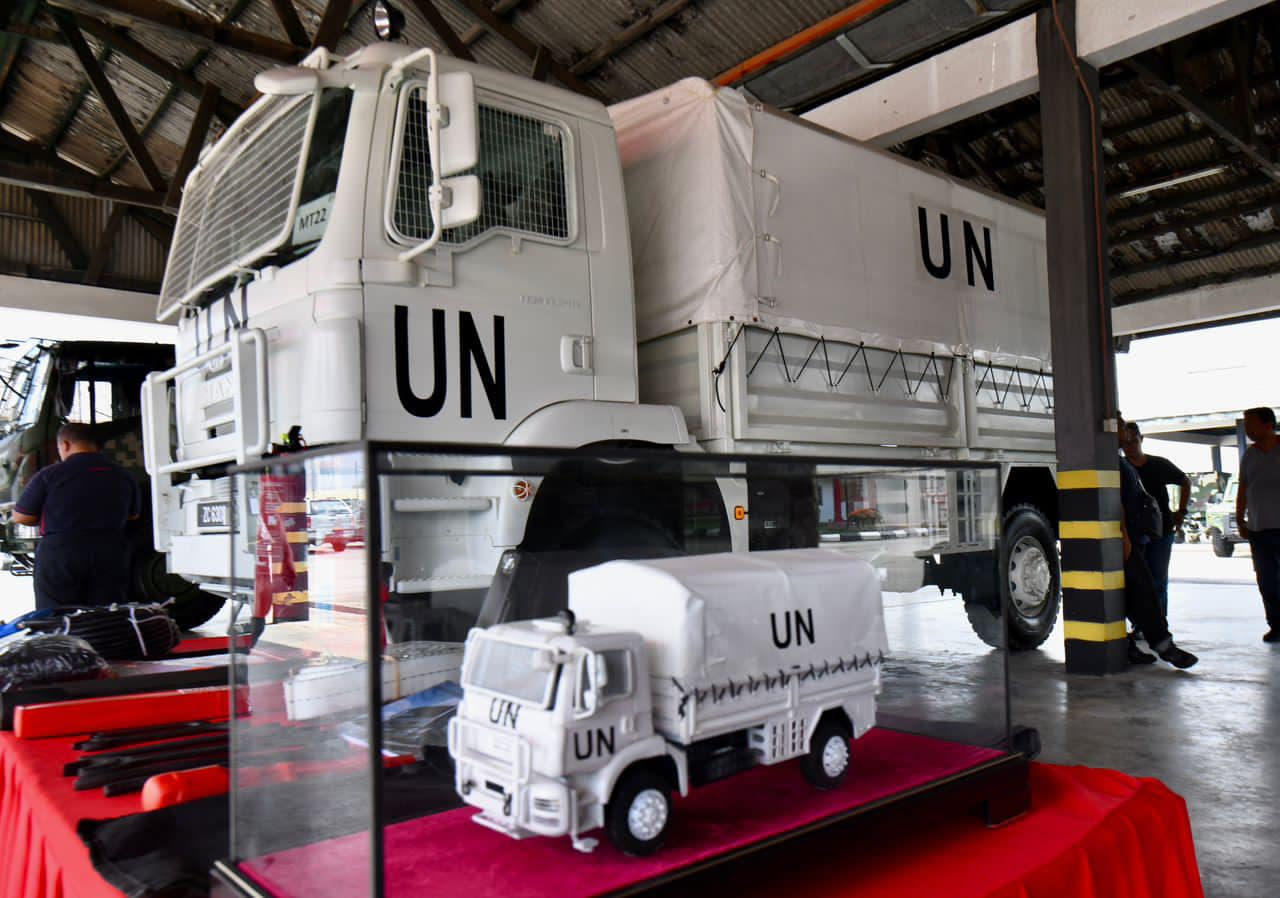
That said I have been told that the 2022 contract was supposed to be the last for three-tonners as the Army wanted to procure five tonne trucks instead. Do note in the Army context, three tonne is the amount of weight the vehicle can carry in the field and not the vehicle’s weight. The MAN three-tonners procured from Deftech has the capacity to carry five tonnes.
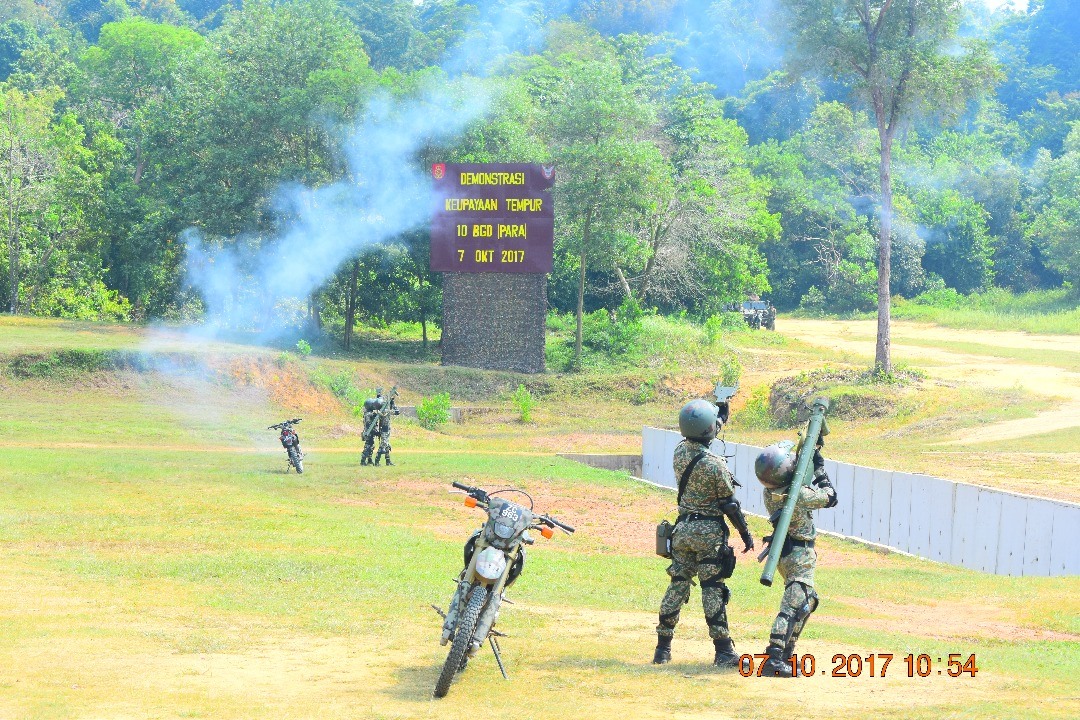
As for the proposal to lease the VSHORAD systems, it will not be the Starstreak VSHORAD as procured in 2015. The leased – if accepted – VSHORAD – will replace the Igla, ANZA and FN-6 systems in service with the Army.
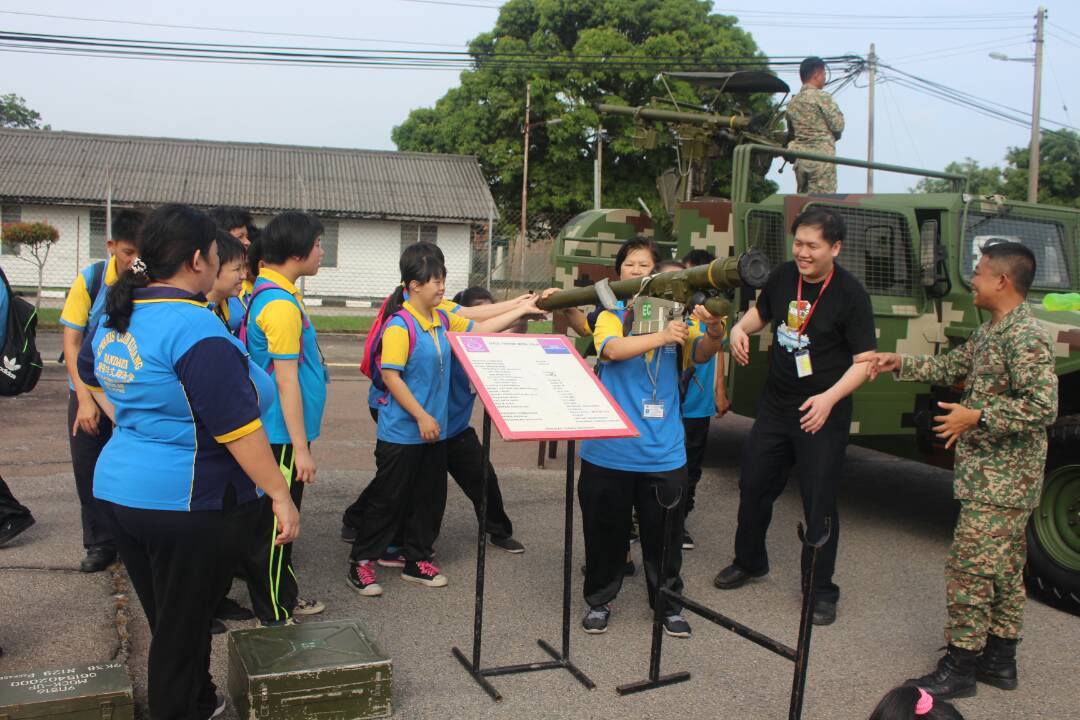
The Defence Ministry in 2021 stated in Parliament that it has approved plans to procure V-SHORAD and SHORAD under the RMK12 – the current Malaysian Plan.
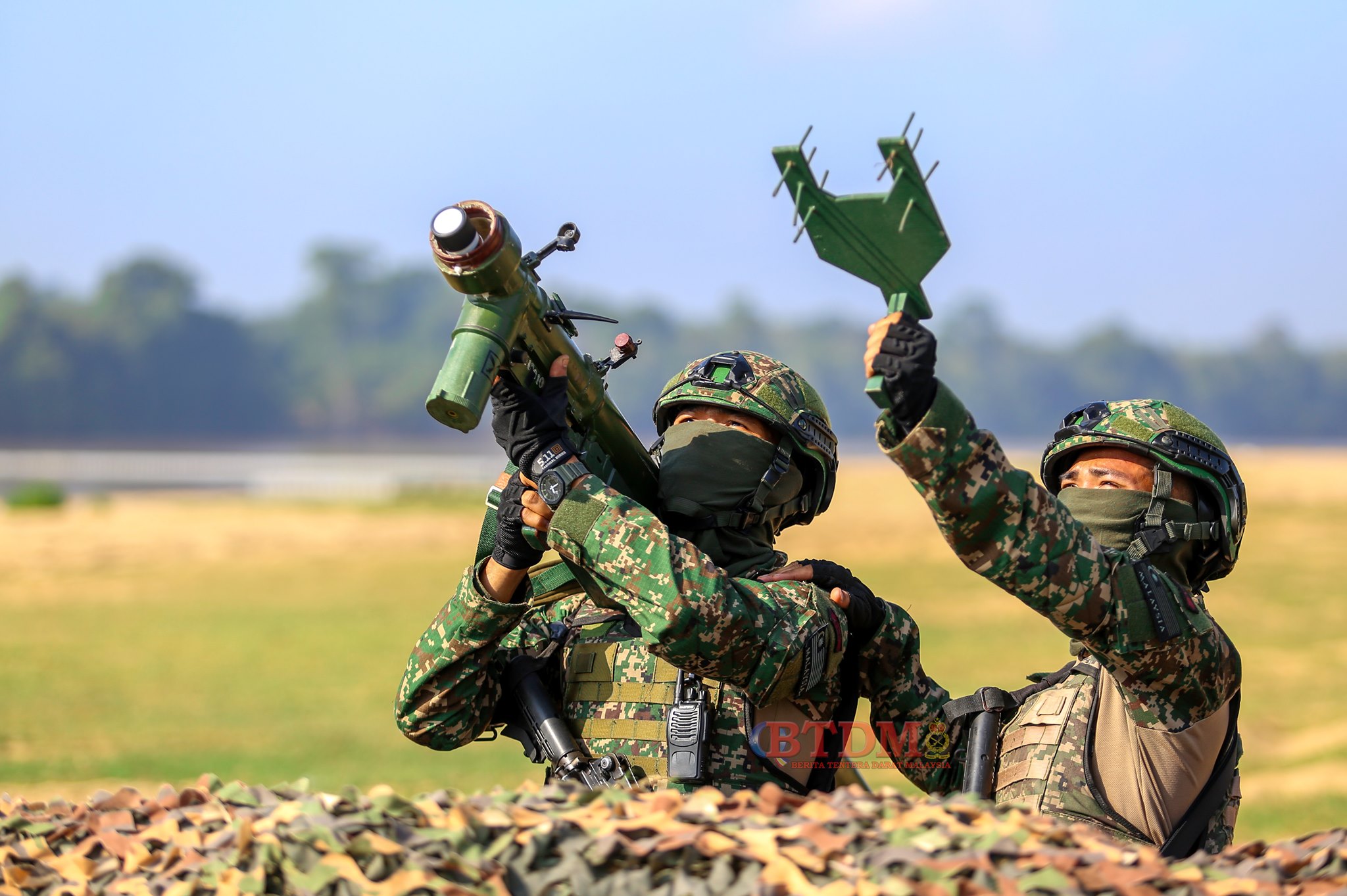
I was not told of the cost for the VSHORAD leasing but based on the three tonners one, I am guessing it will be double or triple the price of buying them outright. Again, no money will be needed for maintenance and support as the lessor will pay for them during the leasing period – likely for ten years. Will the leasing deals go ahead then? Your guess is as good as mine.
— Malaysian Defence
If you like this post, buy me an espresso. Paypal Payment

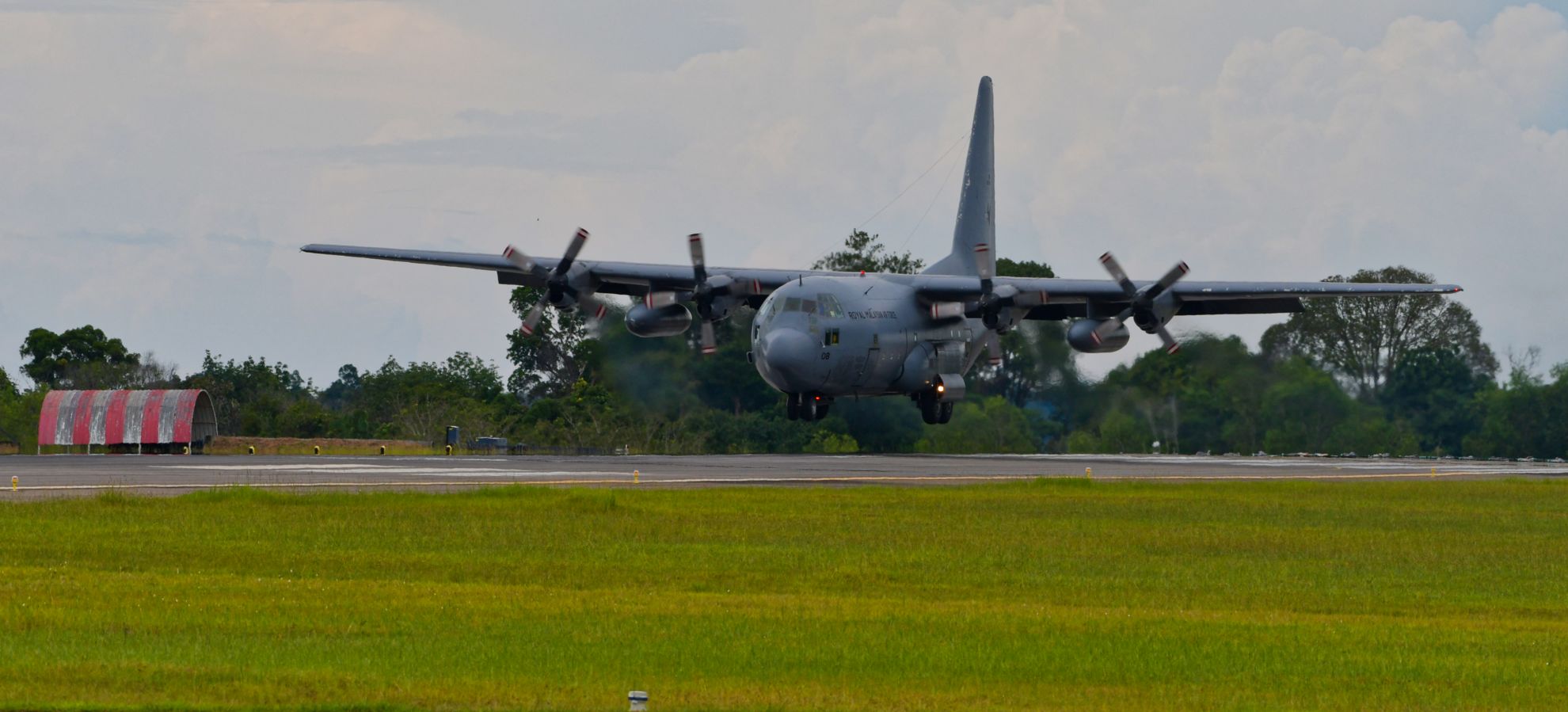
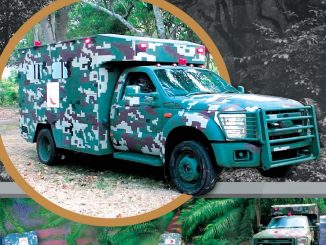
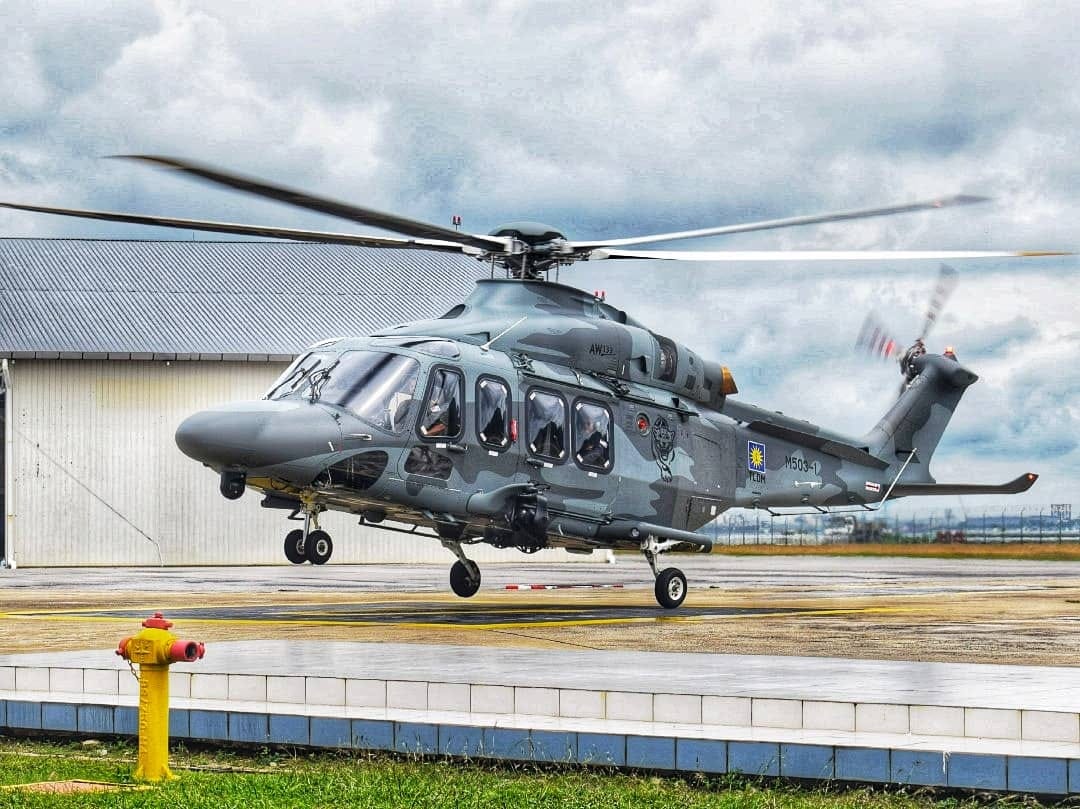
The plan for KTMB at least follow the principles of aircraft leasing employed by airlines for example with MAS and MAG.
The proposal for the army is meanwhile straight up stupidity.
Might as well leasw the fighter jets
Is that when we leasing, we used OPEX fund?
How on earth do you lease weapons (in this case, missiles) from a private company??
Do we need to ask permission of the company first before shooting it?
Leasing weapons is usually only done via government-to-government deal, the Gripen deal for Czech for example. The Gripens technically owned by the Swedish Government and leased to the Czech Government.
Probably a big reason why the blackhawk lease is in a limbo (US government not permitting a foreign private company to own the military helicopters)
Mistral 3 could be used to complement the Starstreak missiles and even potentially replaced the Jernas. It could be paired with EOTS and either Oerlikon or the newer Giraffe 1X radar. Bonus point that unlike Jernas, this newer Mistral+EOTS launcher is far more mobile abd could be installed on our current weapons carrier
Yes, OPEX
Only Saab offered lease for fighter jets.
Technically it is not SAAB that offered the lease.
It is the Swedish Defence Materiel Administration (FMV)
” Gripen has been in service with the Czech Republic since 2005. In May 2014 a new agreement between Sweden and the Czech Republic extended this partnership for a further 12 years. As a result, the Czech Republic will continue to operate 14 Gripen C/D aircraft until at least 2027. Under the terms of this government-to-government agreement Saab acts as a supplier to FMV, which in turn provides the aircraft to the Czech Republic ”
https://www.saab.com/newsroom/press-releases/2014/saab-receives-fmv-order-to-extend-gripen-lease-in-the-czech-republic
Anyway, how to you apply that concept to a Surface to Air Missiles?
The fine print maybe FMV but it was Saab who did the marketing and other things. Same thing lah.
I understand about leasing the trucks but are we too poor for not able to buy manpads system?
It is not about whether we are poor or not, its about people trying to make money.
“The fine print maybe FMV but it was Saab who did the marketing and other things. Same thing lah”
In SAAB case, it is a Swedish company with the actual weapon owned by the government of Sweden leased to the government of Czech.
To do something similar needs another government to play along with this. How can a malaysian company being contracted by a foreign government that will actually own a weapon system that in turn leased to the government of malaysia is beyond me.
There is no credible nation that will sell VSHORADS to a private company, which in turn the private company lease them to another malaysia.
Leasing VSHORADs is a stupid idea to be honest, benefiting cronies rather than the military or government itself.
and VSHORADs does not need regular maintenance like a truck. It is just stored, until it is fired. So what is the lease do? Just look at DSA or LIMA contracts. Anything about Starstreak maintenance?
I know the leasing idea is stupid.
It must surely make sense to PH Madani Govt, and looking at the big picture, if we can lease trucks & missiles, why not the admin & logistics that goes into keeping and issuing them? Then if we look at the bigger if we can lease vehicles, weapons and manpower, why not just lease planes, warships, heck our armed forces as well? Whats that term you call it again?
Well just thinking out loud, how the lease for vshorads could work (PLEASE BEAR MY STUPIDITY)
A) The launcher, the tracking radar, EOTS and the weapon carrier are deemed the hardware to be leased, the lessor undertake to maintain and made rwady available certain hours of use per week and ensure system maintained and updated
B)Missiles are deemed consumabled and buy separately by the user. So the user may keep a minimum 1 round salvi per system and only buy more when there is a need
Kamal A
The issue is…
How can a private company own a weapon that can take down aircrafts?
If the lease end then what? How to make sure it does not end with terrorists and cause another MH17???
Which sane country would let its anti aircraft missile systems to be owned by a foreign private company???
Hulubalang “Which sane country would let its anti aircraft missile systems to be owned by a foreign private company???”
There’s plenty of countries not name uncle Sam who more than willing to bend over backwards to any customer demands. Military equipment is a buyer market afterall and any orders would help reduce the subsidies cost of owning their own military industrial complex. And in general private companies can buy most weapon launcher. They just can’t buy the ammo nor the missile.
The stupidity of the lease is not because it couldn’t be done, the stupidity is in the cost. As we seen with the helo leasing. These sort of leasing deal is not usual and thus it’s come with a high debt interest as well as insurance premiums that make it 300% more then an outright purchases.
The KTM leasing model is different. While lost making ktmb is a for profits business and the leasing model is well developed not only with airlines but for railways operators in Europe as well. The whole point is to reduce the initial CAPEX, allowing for rapid expansion as well as better amortisation of cost.